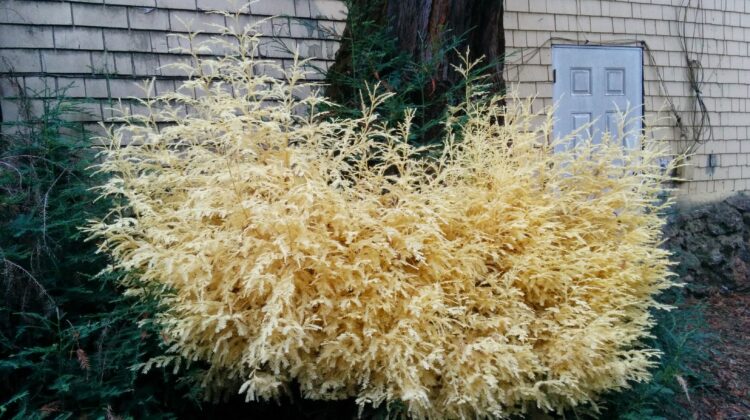
An albino redwood is a type of redwood tree that lacks the ability to produce chlorophyll and therefore has white needles instead of the usual green. To survive, it relies on neighboring normal redwood trees, typically the parent tree from which it has grown, to obtain sugar through connections between their roots. This sap exchange through roots is a common occurrence among redwoods, with around 400 albino redwoods known to exist. These rare trees can be found in several locations, including Henry Cowell Redwoods State Park, Humboldt Redwoods State Park, San Francisco botanical gardens, and The Santa Lucia Preserve. However, their exact locations are not publicized to protect them.
Albino redwoods can reach a maximum height of approximately 20 meters and are considered parasitic plants. However, in 2016, one researcher speculated that they may have a role in storing toxic heavy metals since they accumulate more metals than normal trees due to defective stomata that cause them to lose more water through transpiration, forcing them to take up more water through their roots.
Six different types of albino redwoods have been classified based on their phenotype, including white, bright yellow, cellular virescent green, pale green, mottled, and nonchimeric variegated. These mutations can be either basal, growing from a burl at the base of a tree, or aerial, branching off from a tree above the ground. The bright yellow form is exclusively aerial and is associated with excess xanthophyll production, while the pale green form lacks one specific type of chlorophyll and is almost always basal. Cellular virescent green trees have a few normal cells interspersed among the mutant cells, and ten cases of chimeric redwoods with a mosaic of albino and normal tissues have been identified. One chimeric redwood is known to produce cones.
The Pomo people, Native Americans, regarded these trees as important and used them in their cleansing ceremonies.
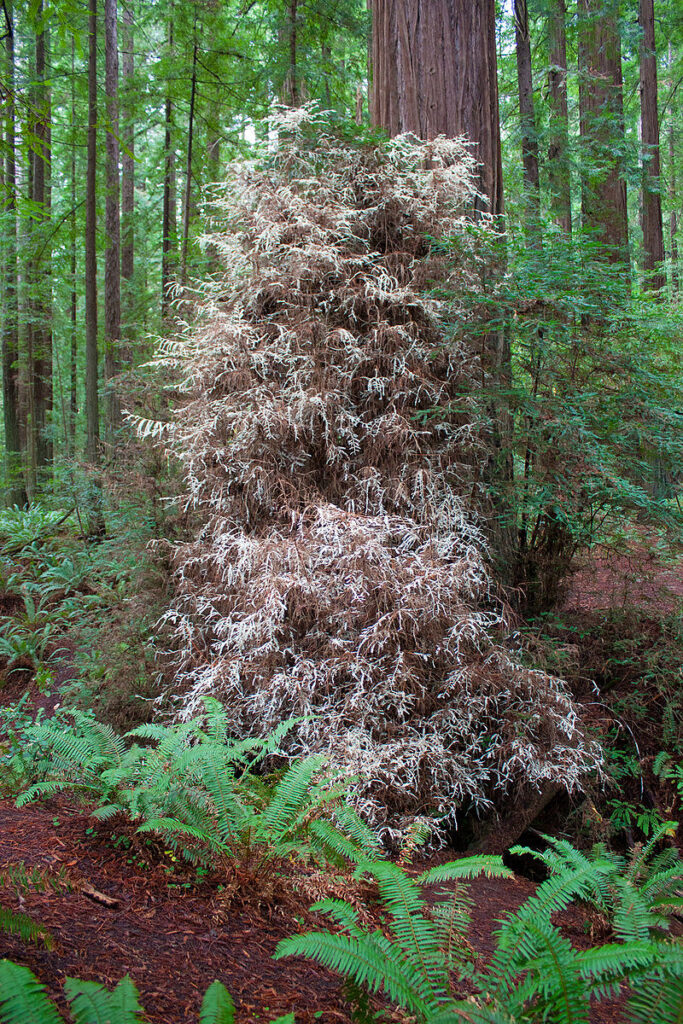
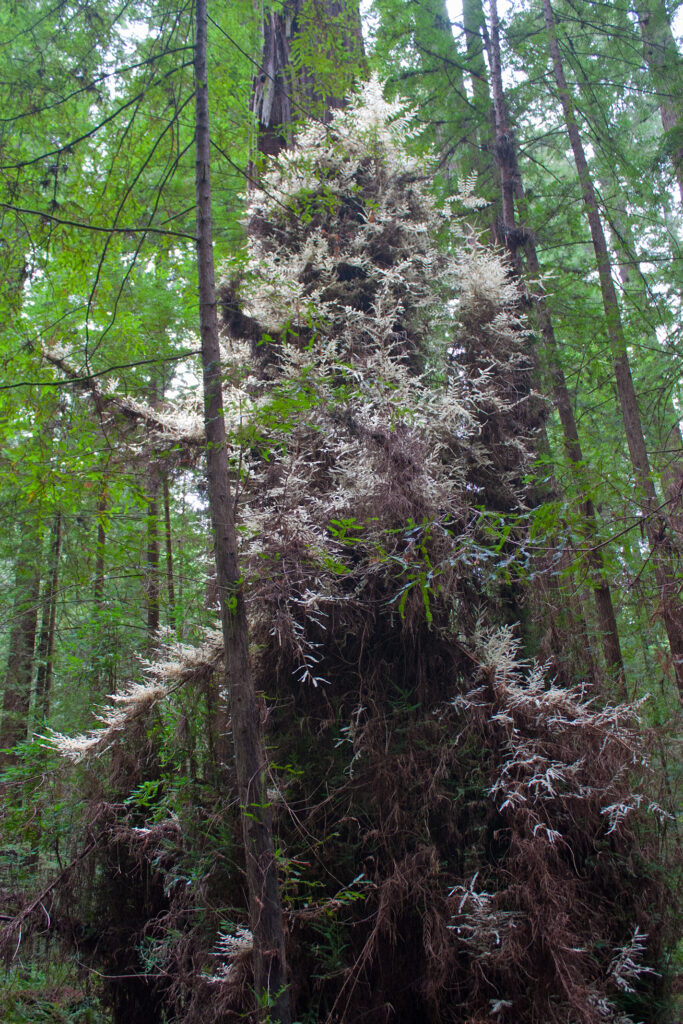
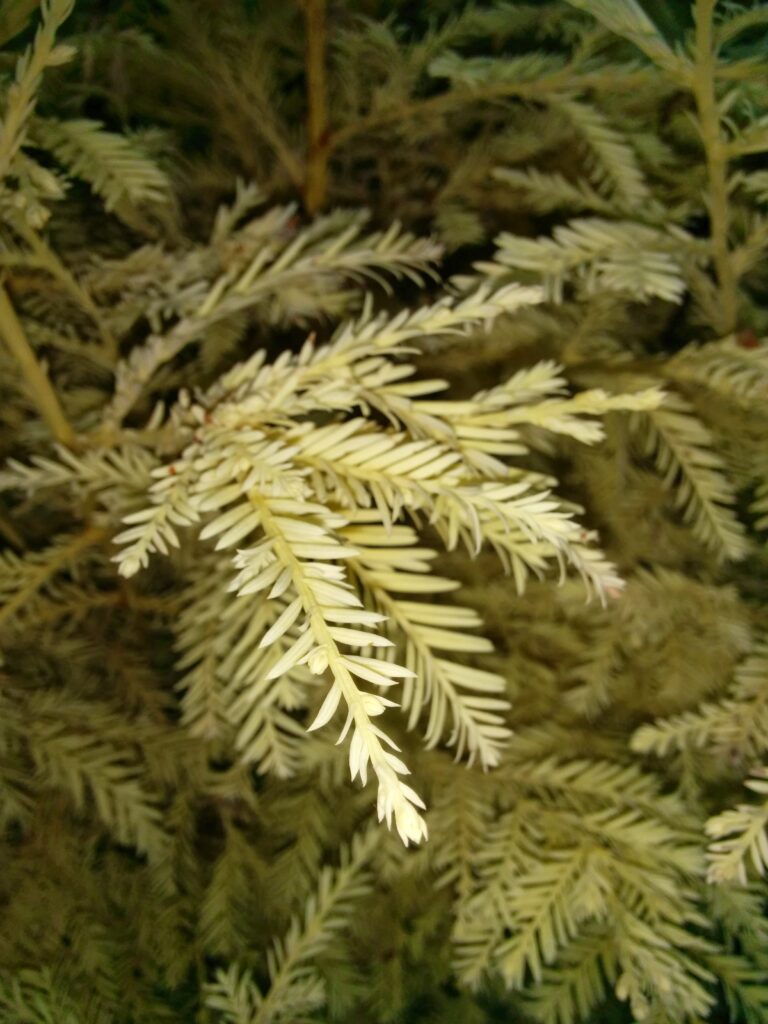
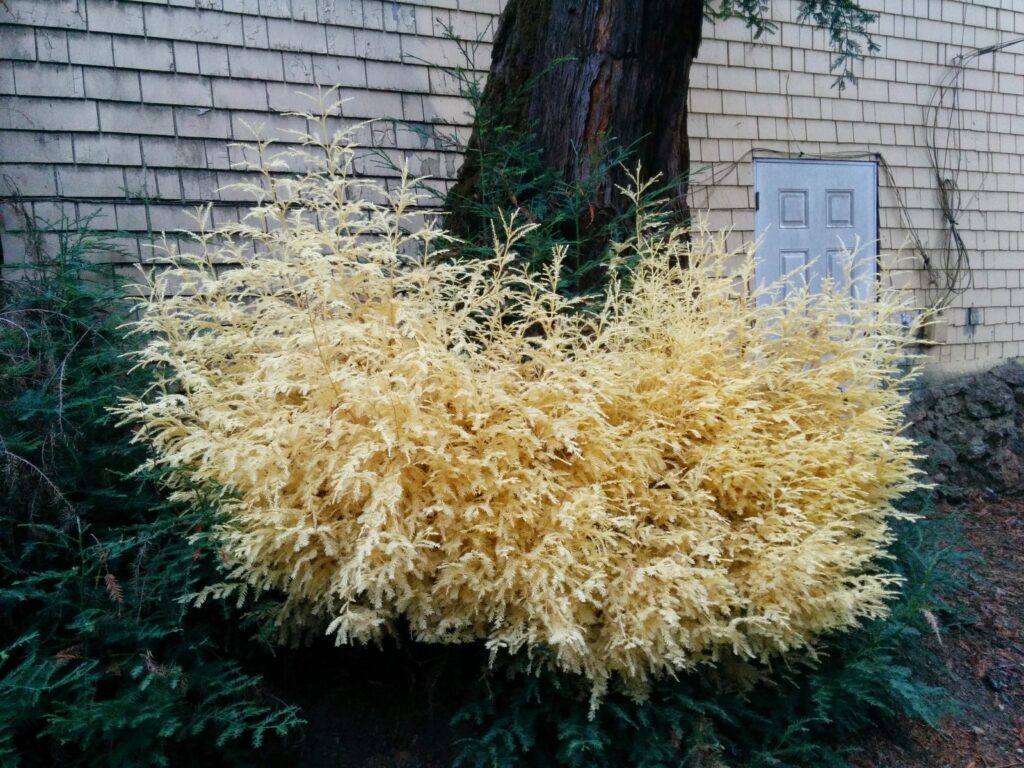
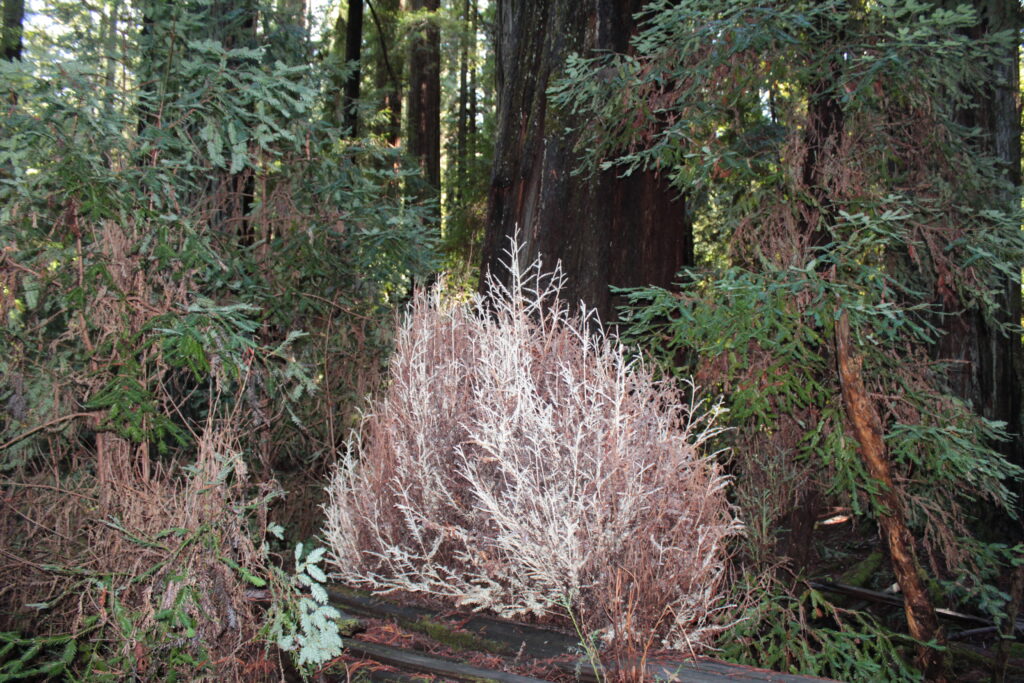

Leave a Reply